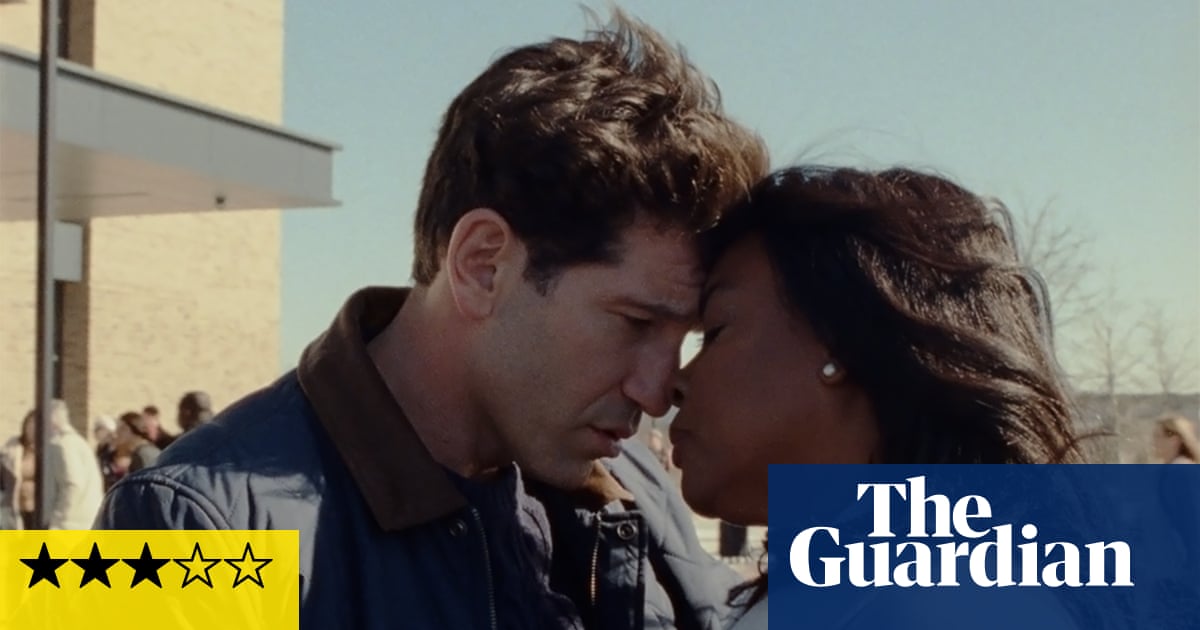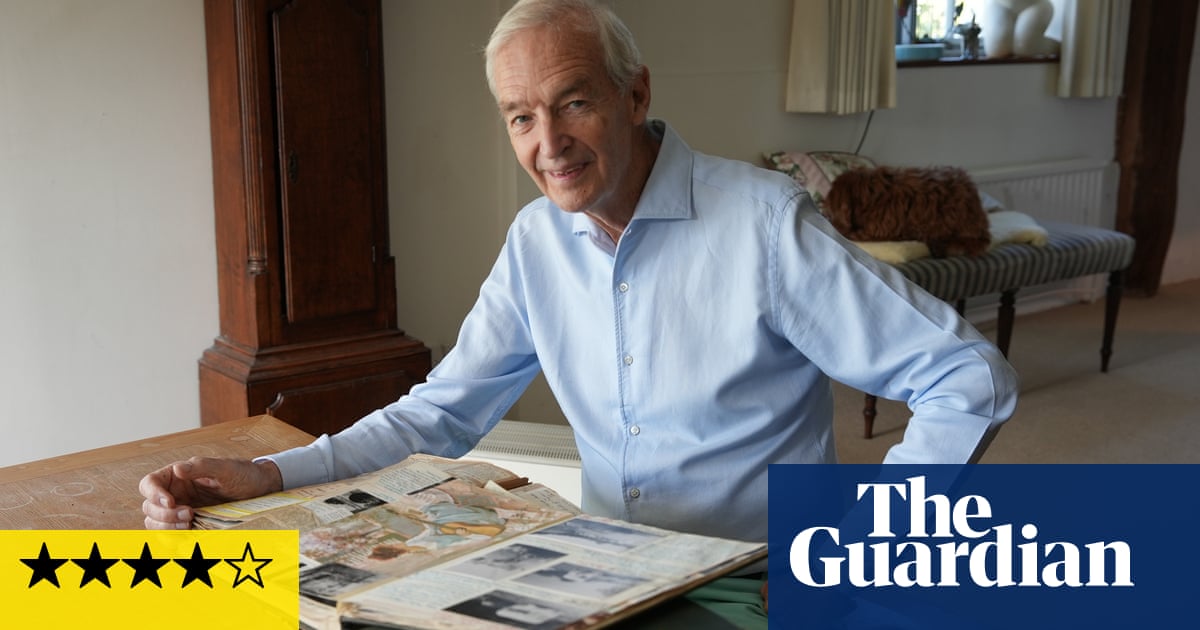
David Hockney has never patented a colour, as far as I know. But there’s a Hockney blue and a Hockney red, in fact a whole palette of bright subtle hues that are totally his own. That has never been more lusciously apparent than in his scintillating takeover of the Fitzwilliam Museum, one of Britain’s best collections of Old Master paintings. Those oldies have met their match. Next to Domenico Veneziano’s 15th-century Annunciation hangs Hockney’s version of the Virgin Mary being hailed by an angel that’s an intense, almost psychedelic rave of colour, a rich pink against blue shadows on an emerald lawn, all set off by the yellow floor with radiating terracotta lines.
Roll over, Quattrocento. Yet Hockney would never say anything like that. He competes with artists from 500 years ago in a friendly familiar way, as if he went to the Royal College of Art with Veneziano and Fra Angelico rather than Allen Jones and RB Kitaj. What was he thinking of, painting his own Renaissance Annunciation after Angelico, in 2017? Experimenting with the theory of perspective, which the show enhances with a computer analysis of how Veneziano cheats on the idea of a single vanishing point. So from imbibing Hockney’s hot colours, you are led to think about western art’s discovery of how to picture the world in realistic depth.
Hockney is not convinced that was a good idea, though. Perspective, he believes, is a limited way of seeing. At the Heong Gallery in Downing College, where this show spills over, they are screening a film he made about his favourite Chinese scroll, which unrolls to show an epic view of the emperor on the Grand Canal and the world around him. How can art recapture that big, generous picture? Hockney has a pretty good go. Next to a great Dutch landscape by Hobbema, with its receding view of a road defined by tall trimmed trees, hangs Hockney’s deconstruction of it in what he calls “reversed perspective”, on six canvases that show the space growing away instead of shrinking. Those colours again: fiery farmhouses, emerald fields. It’s lovely and it makes you see art history more clearly.
This exhibition is like one of Hockney’s finely illustrated, laconically provocative books. You don’t have to agree with his theories to find they open up the way you see art. A room is given over to his claim, in his book Secret Knowledge, that the uncannily precise early 19th-century portraits of Ingres were created using a camera lucida. We get to see real examples of this industrial revolution optical tech, along with drawings by Ingres – and Hockney’s own camera lucida portraits of Damien Hirst, Ian McKellen and Alan Bennett. The Hockneys are much, much more fun. They have a life that’s bold as brass.
At times, it almost seems unfair. The brightness of Hockney’s colours can make the old masters look dull. Next to one of his Yorkshire landscapes, a Constable view of Hampstead Heath looks like a wet hanky. Again, that’s not the intention. And in a room of Dutch flower paintings, a perfect conversation between past and present is staged. Hockey’s iPad flower pictures are animated on a screen in the middle of the space, taking shape then vanishing as he starts the next. The vulnerability and changeability of Hockney’s blooms make you look closer at the Dutch paintings to see insects and snails crawling on the bright tulips.
For all its workmanlike modesty and irreverence about the “secret knowledge” of artists, this exhibition leaves you in awe of Hockney. You start to wonder if he is, in truth, a living old master. For it’s not all witty takes on perspective and cameras. Hanging among the treasures of this museum, and clearly belonging in the loftiest company, is Hockney’s huge 1970 painting Le Parc des Sources, Vichy, lent by the Duke of Devonshire. Two men are sitting side by side with their backs to us. The long wavy locks spilling over their collars have a glam period look that’s very moving.
They are in a manicured park looking down an avenue of trees that narrows towards a crack of sky. The trees are sheer walls of colour on this three-metre wide canvas. One side is tinted blue, the other more lime coloured, matching the men’s clothes. Under the trees grow great pools of shadow. These intense, seductive colours enfold and immerse you. I kept coming back to enjoy the sense of drowning in atmosphere. This is painting as art cinema.
You could construct a whole series of alternative stories about the two men and their calm yet hypercharged contemplation of a cool deep vista. This might be a love tryst or a quiet conversation about a mutual friend. And what about the third chair, which stands empty beside them? A photograph in the catalogue shows Hockney himself as the occupant of that seat. The two friends, in the snapshot, are the fashion designer Ossie Clark and the sculptor Mo McDermott. But these facts don’t exhaust the painting’s mystery, or its romantic grandeur. Here is the bigger picture he loves. It’s as big as life.
In the end, I don’t believe it’s all done with cameras. There is a mystery to all great artists. And David Hockney has always had that.












